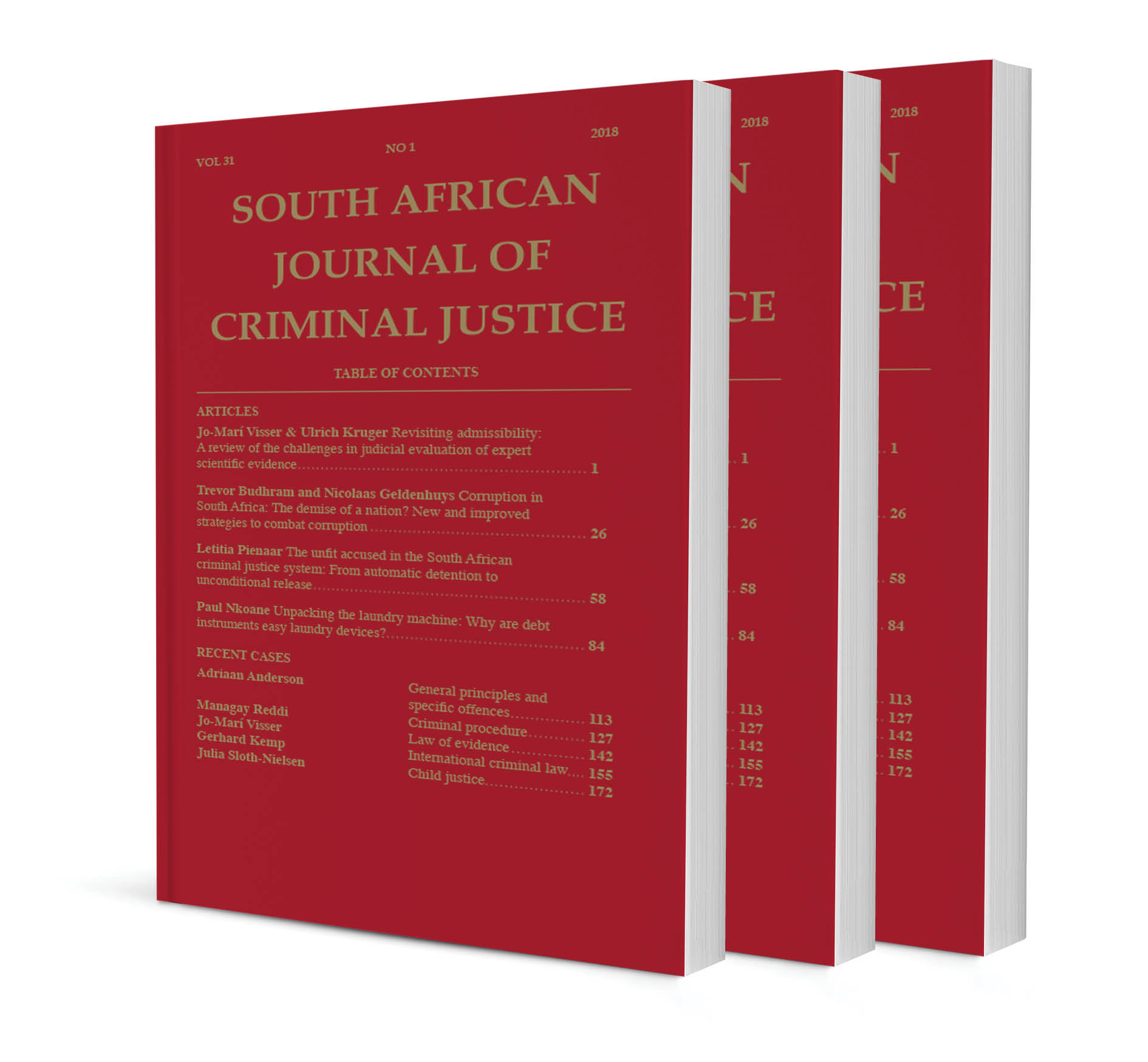
Are we there yet? A look at the remaining questions on physician-assisted suicide and physician-administered euthanasia
Author: Ntokozo Mnyandu
ISSN: 1996-2118
Affiliations: LLB LLM (UKZN); Lecturer, School of Law, University of KwaZulu-Natal
Source: South African Journal of Criminal Justice, Volume 36 Issue 2, p. 203 – 227
https://doi.org/10.47348/SACJ/v36/i2a2
Abstract
The research examines the common law to determine whether physician-assisted suicide and physician-administered euthanasia are lawful. In doing so, it establishes that these practices meet the definition of murder. The research then determines the underlying rationale for the common law and concludes that the prohibition against deliberate killing is the cornerstone of our law and social relationships. In order to determine whether the current position follows the logic of the common law, there is a discussion of how the prohibition against intentional killing has evolved over time. It is shown that the law has been at pains to protect life and that assisting another person to kill themselves for whatever reason has never been lawful under the various sources of our common law. Finally, it considers whether the current position is in line with the spirit of the Constitution. In doing so, regard is had to the values of ubuntu, human dignity and the advancement of human rights and freedoms. Although the research argues that the prohibition is consistent with the spirit of the Constitution, it recognises that these practices involve compelling policy considerations pointing in opposite directions. It may well be that current public policy considerations do not chart the path of common law development with sufficient clarity for the courts to intervene. The reason for this is there are few matters more sensitive and challenging than those which concern deliberate decisions to end life, either by providing persons with the means to commit suicide or by actively taking steps that end life on request. Therefore, the legislature may be the proper engine for legal development.